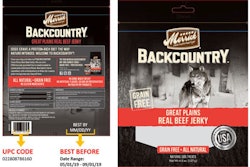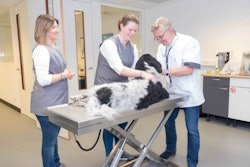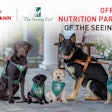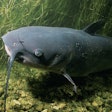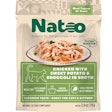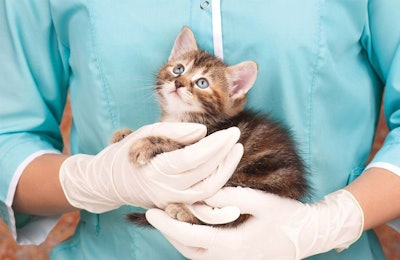
Jennifer A. Larsen, DVM, PhD, associate professor of clinical nutrition in the veterinary medicine program of the University of California – Davis, shared what her school has to offer for aspiring pet food professionals.
“We maintain productive relationships with several pet food companies which help facilitate clinical trials, educational grants, and other research collaborations,” she said. “These mutually beneficial relationships enhance our clinical and research activities as well as provide training opportunities.”
Pet food industry career opportunities at UC Davis
Educational institutions around the world offer classes and degree programs designed to prepare the next generation of pet food professionals or boost the knowledge of mid-career pros. This article is part of a series profiling these academic opportunities for the pet food industry.
Read more:
Petfood Industry: What are some pet food career options for graduates of your program?
Larsen: We offer a week-long rotation to veterinary students during their fourth (clinical year). Several graduates from our veterinary school have gone on to careers with pet food companies. Many serve as liaisons between the veterinary schools and the food companies. Others work as communication specialists.
For our residents, who are veterinarians undergoing advanced training in small animal nutrition, career options include industry (pet food, pharma, and supplement companies), government (FDA CVM), academia (clinical or research faculty positions usually at veterinary schools), private practice, or consulting.
Description of UC Davis program
We also train graduate students who may or may not be veterinarians but are pursuing master of science or PhD degrees in the University's Graduate Group in Nutritional Biology (GGNB). Career options for these scientists include most of the above with the exception of private practice or clinical faculty positions unless they also hold a veterinary degree.
Petfood Industry: What are some particular academic strengths or emphases within your department, and how do these help to prepare students to become pet food professionals?
Larsen: From a clinical standpoint, we have a large caseload of patients with complex disease processes. The clinical service is well respected and has successfully trained many residents currently active in the field. Our program also requires the completion of a research project in addition to various and extensive teaching activities (both clinical and didactic teaching). Recent topics covered in research projects include:
- Adequacy of home-prepared diets found in lay publications or on the internet for dogs and cats.
- A descriptive pilot study of cytokine production following stimulation of ex-vivo whole blood with commercial therapeutic feline hydrolyzed diets in individual healthy immunotolerant cats.
- Evaluation of fiber in canine and feline diets using crude and total dietary fiber methods.
- Retrospective evaluation of parenteral nutrition in dogs and cats.
- Assessment of protein and amino acid adequacy of commercial vegetarian diets for dogs and cats.
We have the advantage of two faculty members associated with our clinical service as well as other nutrition-affiliated faculty involved in basic and applied research and teaching. For graduate training, the Graduate Group in Nutritional Biology leverages the large and highly ranked Department of Nutrition at UC Davis. In addition, Dr. Fascetti runs the Amino Acid Laboratory and the Nutrition and Pet Care Center which both facilitate and support research activities. These opportunities benefit both types of trainees by exposing them to a wide range of ideas, research, and expertise.
Recent topics covered in graduate student projects include:
- Lack of glucuronidation products of trans-resveratrol in plasma and urine of cats.
- Dietary beet pulp decreases taurine status in dogs fed low protein diet.
- Amino acid concentrations in fresh entire ground rabbit carcasses with and without gastrointestinal tracts and the effect of freezer storage.
- Body composition and amino acid concentrations of select birds and mammals consumed by cats in northern and central California.
Petfood Industry: Could you share an anecdote about a particular student who moved into a pet food career?
Larsen: We have had several trainees go on to rewarding careers in the private sector. One of our recent residents completed his program with us and successfully became board-certified by the American College of Veterinary Nutrition. He then began his career in the research team for a large pet food company that produces products in both the wellness and veterinary therapeutic diet categories. The skills he developed during residency training including clinical acumen, teaching ability, and research aptitude were important to his long-term success. His strong background in clinical nutrition prepared him for his successful career in the pet food industry.





